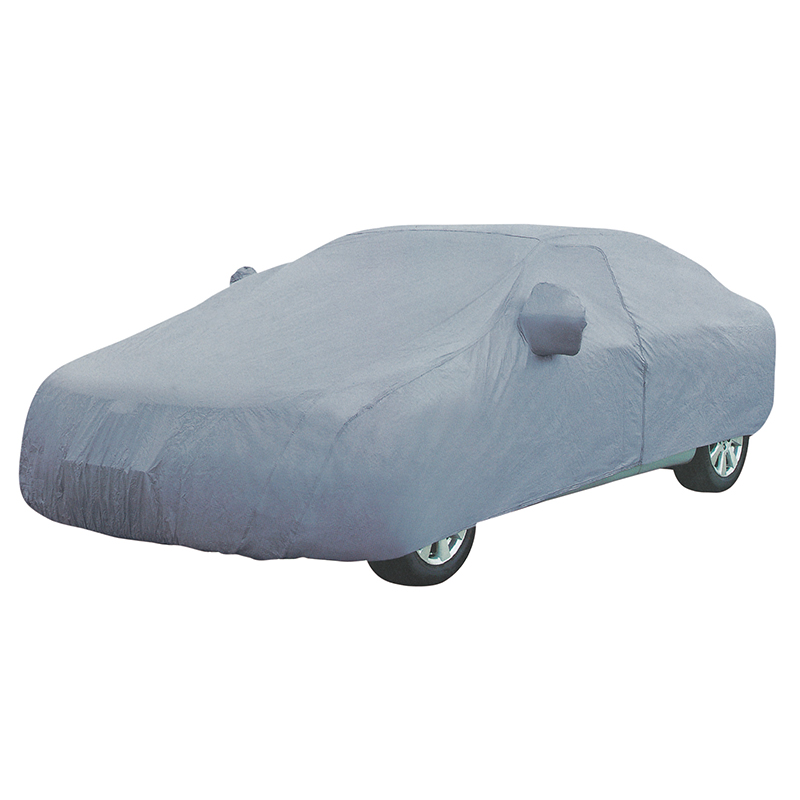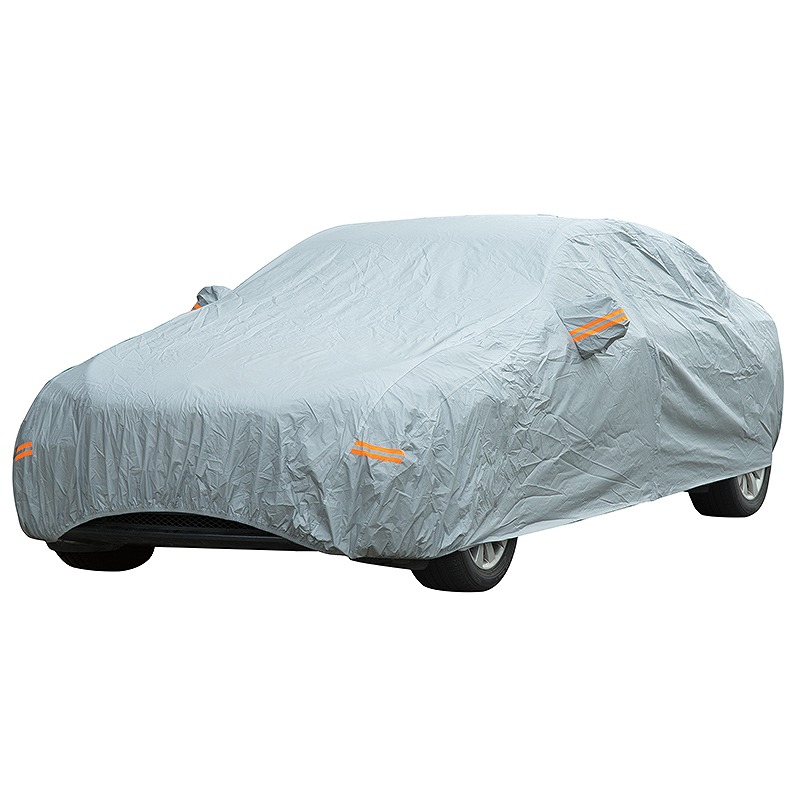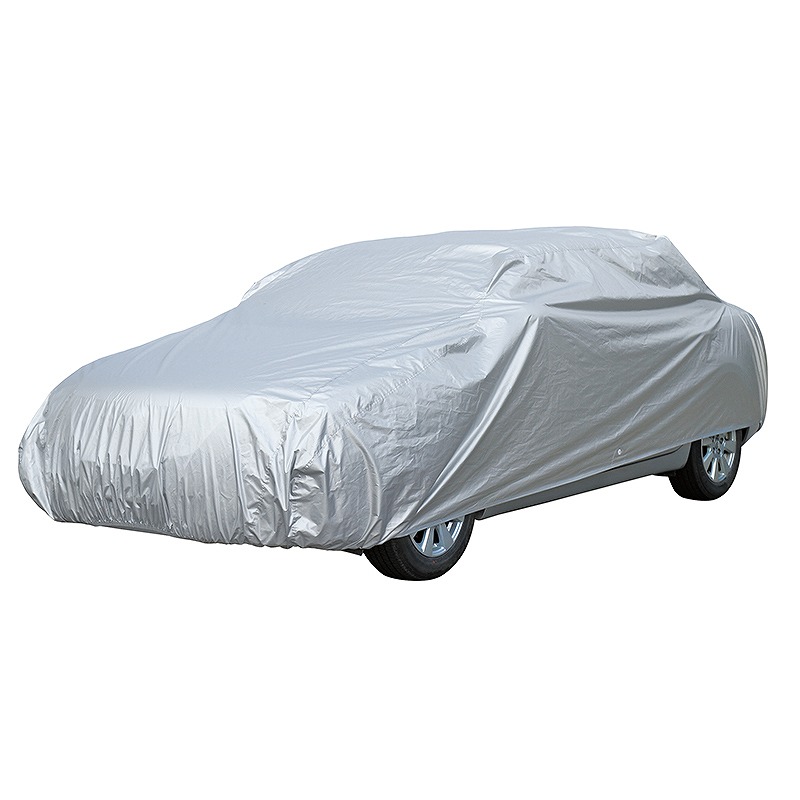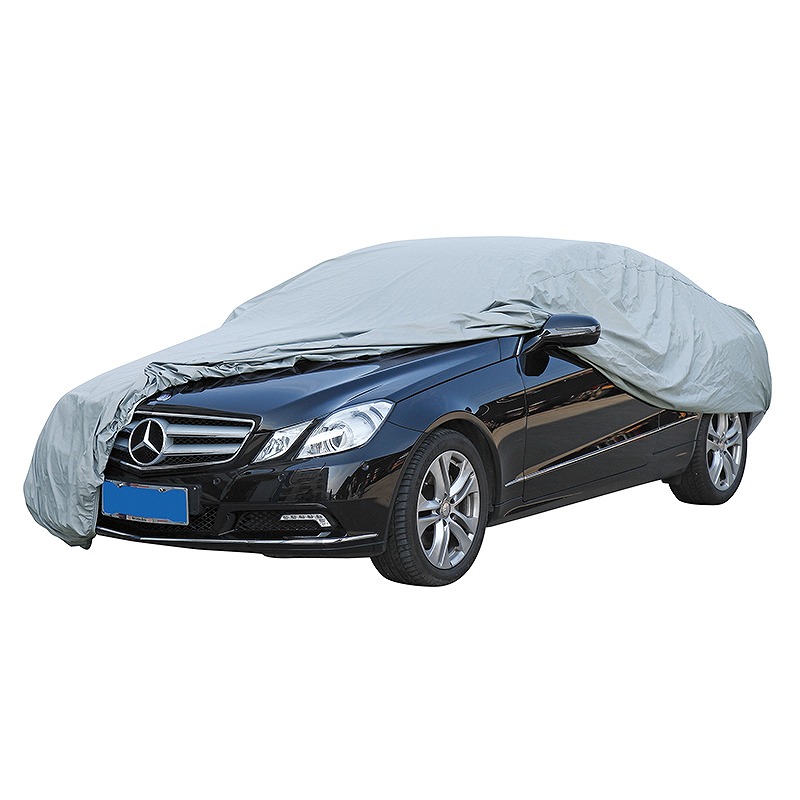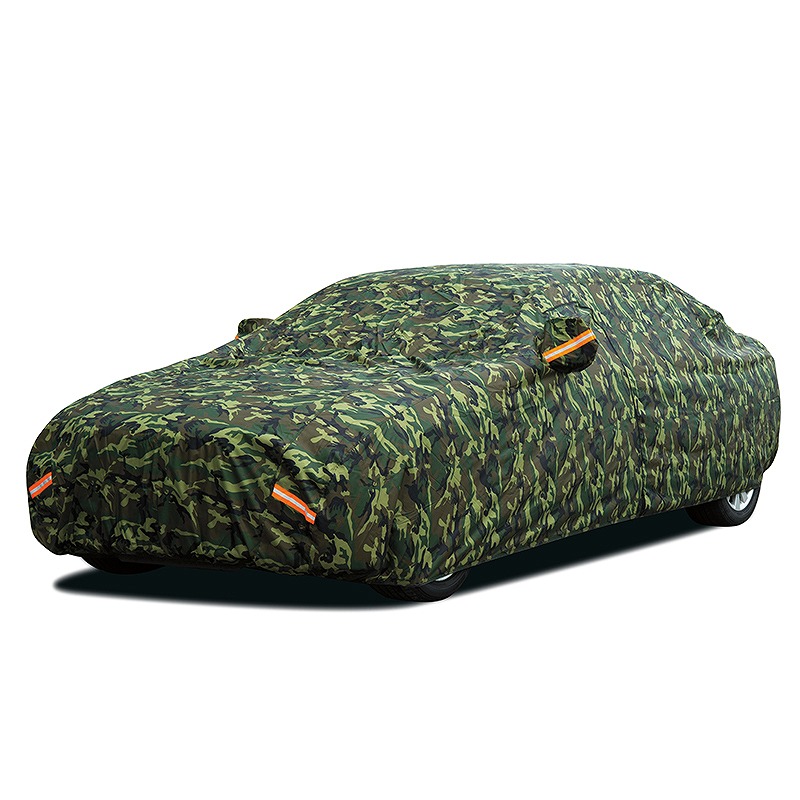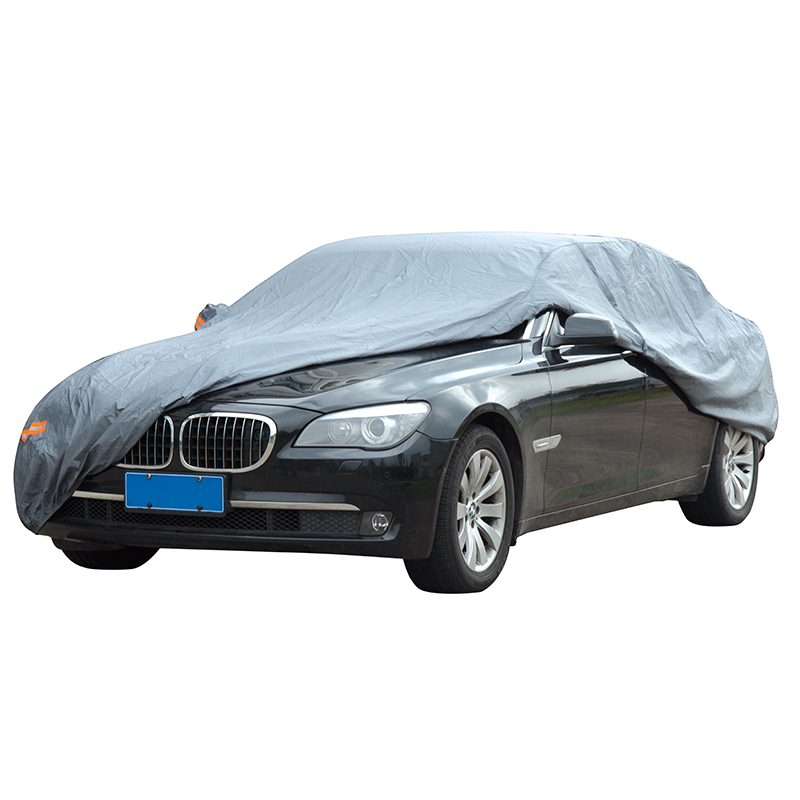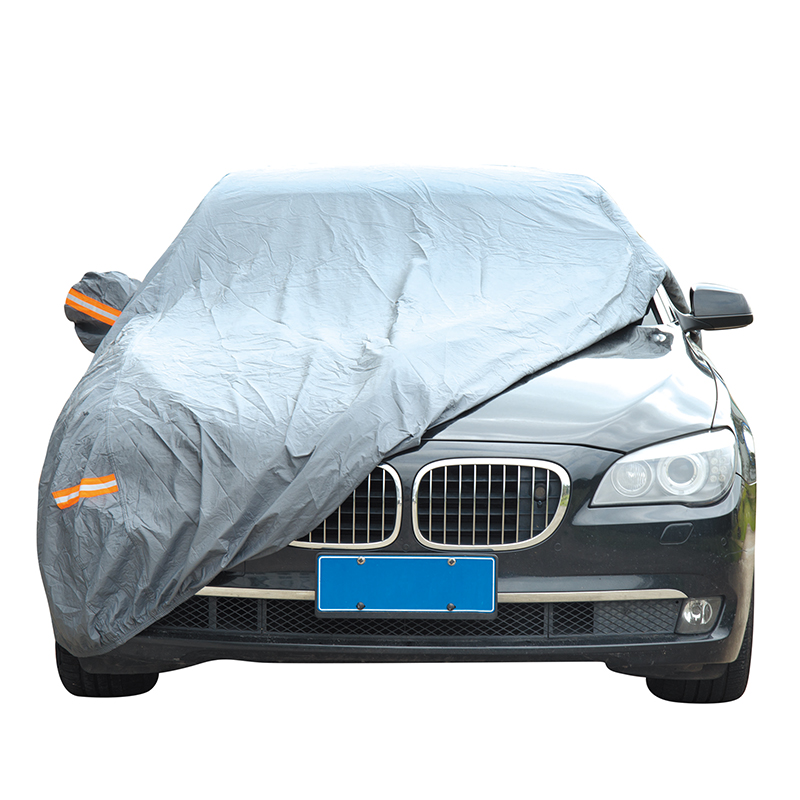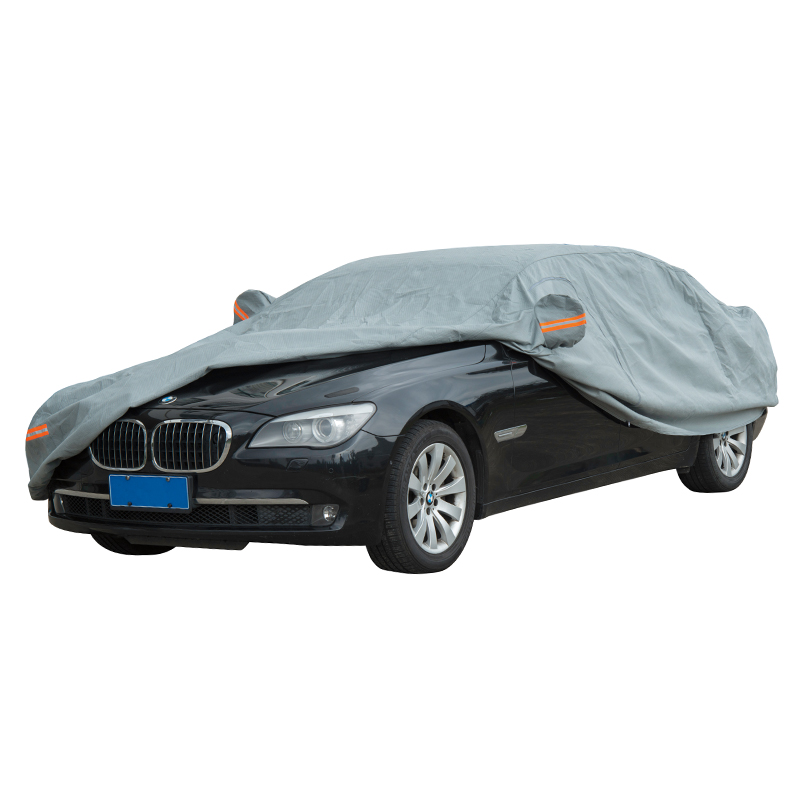Selecting interior accessories that create a unified visual impression can shape the overall experience of vehicle ownership. Many drivers consider only functional qualities when buying covers, yet the relationship between steering wheel covers and car seat covers also affects perceived quality and daily usability. Examining how design, construction, and performance intersect helps establish a cabin environment that feels coherent and intentional over time.
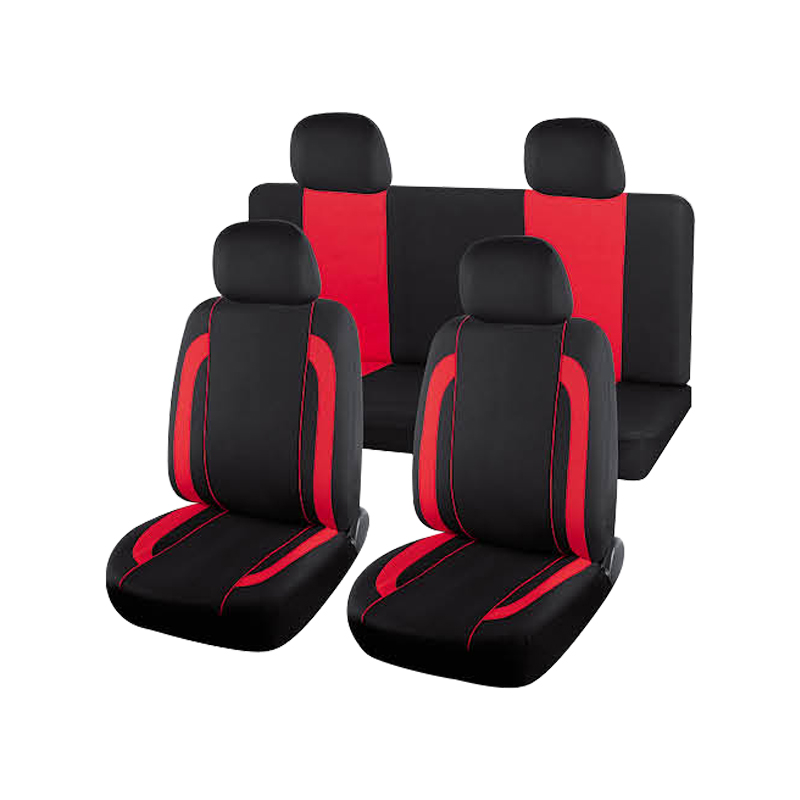
Evaluating Materials for Lasting Results
Material choice goes beyond tactile preference; it influences temperature regulation, durability, and ease of maintenance. Steering wheel covers frequently incorporate synthetic leather or textured polymers that withstand frequent contact and temperature swings. For car seat covers, the range of available materials expands to include breathable woven fabrics, leather alternatives, and multi-layer composites engineered to resist abrasion.
Combining similar or complementary materials is often a starting point when defining a cohesive interior. Synthetic leather, valued for its uniform surface and straightforward cleaning process, can pair effectively with smooth seat covers that project a clean aesthetic. When contrasting materials—such as fabric seats with a rubberized wheel cover—are used, it is important to assess whether their maintenance needs and wear characteristics align. If one material is prone to discoloration or rapid deterioration, the visual balance may suffer as the interior ages unevenly.
Establishing a Color Strategy
Color coordination does more than enhance appearance—it can impact driver comfort and perceptions of space. Neutral hues, including grey, charcoal, and beige, tend to blend effortlessly into a variety of interiors, reducing visual distractions. For drivers who prefer a pronounced design statement, introducing contrast between the steering wheel cover and seats can define zones within the cabin, drawing attention to the driver’s primary interface.
Patterned seat covers or covers with decorative stitching require thoughtful pairing with steering wheel accessories. When multiple textures or colors converge, the result can appear cluttered if not balanced carefully. Conversely, a minimal seat design allows for more expressive choices in steering wheel covers without compromising clarity or focus.
It is also helpful to consider how different shades respond to prolonged sunlight exposure. Darker colors may conceal marks effectively and create a sense of intimacy but can increase heat absorption, especially in summer. Lighter tones brighten interiors and can amplify the perception of cabin space but often reveal dust and staining more readily.
Ensuring Functional Fitment
A cohesive appearance is only sustainable when covers fit accurately and preserve access to controls and safety systems. Steering wheel covers should match both the diameter and circumference of the wheel, maintaining a snug profile that does not interfere with grip. While universal fit models are widely available, confirming specifications in advance helps avoid issues such as slippage or uneven seams.
Car seat covers also demand attention to compatibility. Variations in seat shape, integrated headrests, and airbag deployment zones affect whether a cover provides both protection and operational integrity. Custom-fitted covers can help maintain alignment and reduce fabric bunching, which may otherwise compromise comfort and obstruct mechanisms.
Installation itself influences long-term performance. Cleaning contact surfaces before applying covers removes oils and debris that could weaken adhesion or cause uneven stretching. Many seat covers rely on a combination of elastic straps, hooks, and clips to secure the fabric. Taking time to align edges and smooth folds reduces pressure points and contributes to a finished appearance that persists under daily use.
Maintaining a Coordinated Look
Ongoing care preserves the value of initial design choices. Regular cleaning intervals for both steering wheel and seat covers can prevent surface buildup and maintain color vibrancy. A mild soap solution is often sufficient for wiping down steering wheel covers, while seat covers may require vacuuming and occasional spot treatments, especially in high-contact zones.
Consistency in maintenance practices also matters. Using compatible cleaning agents across materials prevents unintended damage and ensures a more uniform aging process. Where possible, reference manufacturer guidelines to verify appropriate products and methods.
Planning for Longevity
Interior accessories do not remain static. Over time, exposure to UV rays, moisture, and mechanical wear will alter appearance and texture. Investing in higher-quality materials with proven resistance to fading and surface breakdown can help extend the life of coordinated designs. For households that transport pets or children frequently, selecting stain-resistant treatments or removable covers may simplify upkeep and preserve the aesthetic balance.
Drivers often find that revisiting color or material choices seasonally provides practical advantages. Lighter shades during warm months can mitigate heat retention, while darker options in cooler periods may create a sense of warmth and cohesion.
Coordinating steering wheel covers and seat covers is ultimately an exercise in aligning function with style. By evaluating materials, verifying fitment, and planning for long-term care, drivers can establish an interior that supports comfort and enhances everyday travel.

 English
English 中文简体
中文简体 русский
русский Español
Español Deutsch
Deutsch عربى
عربى